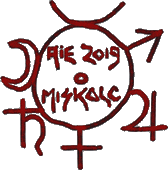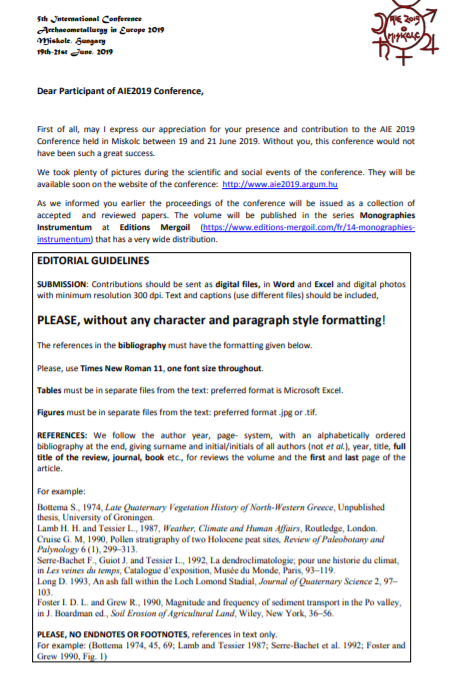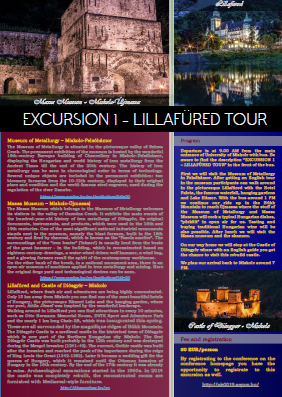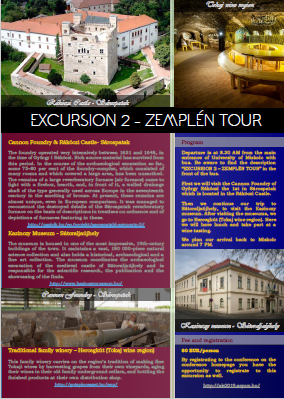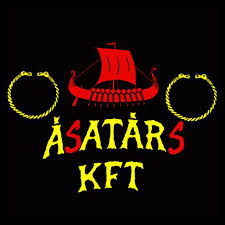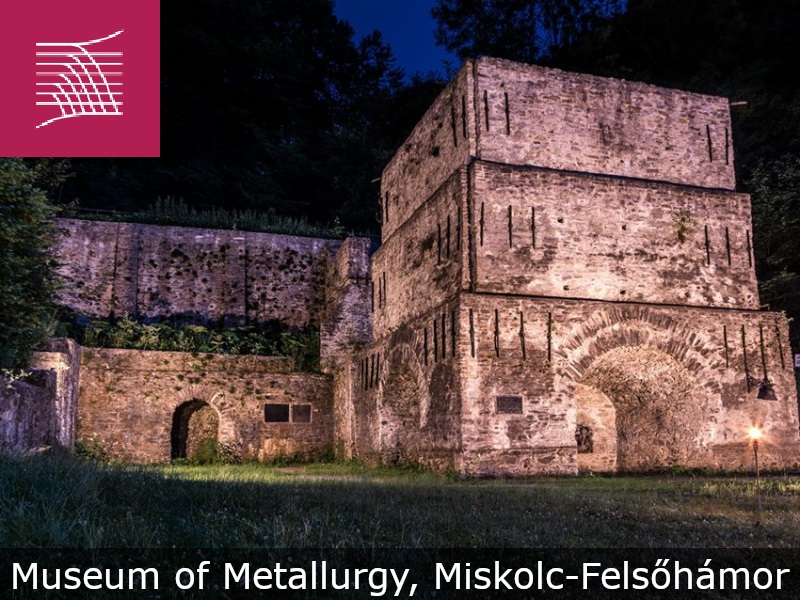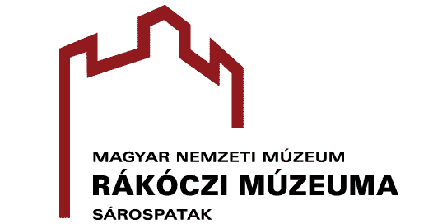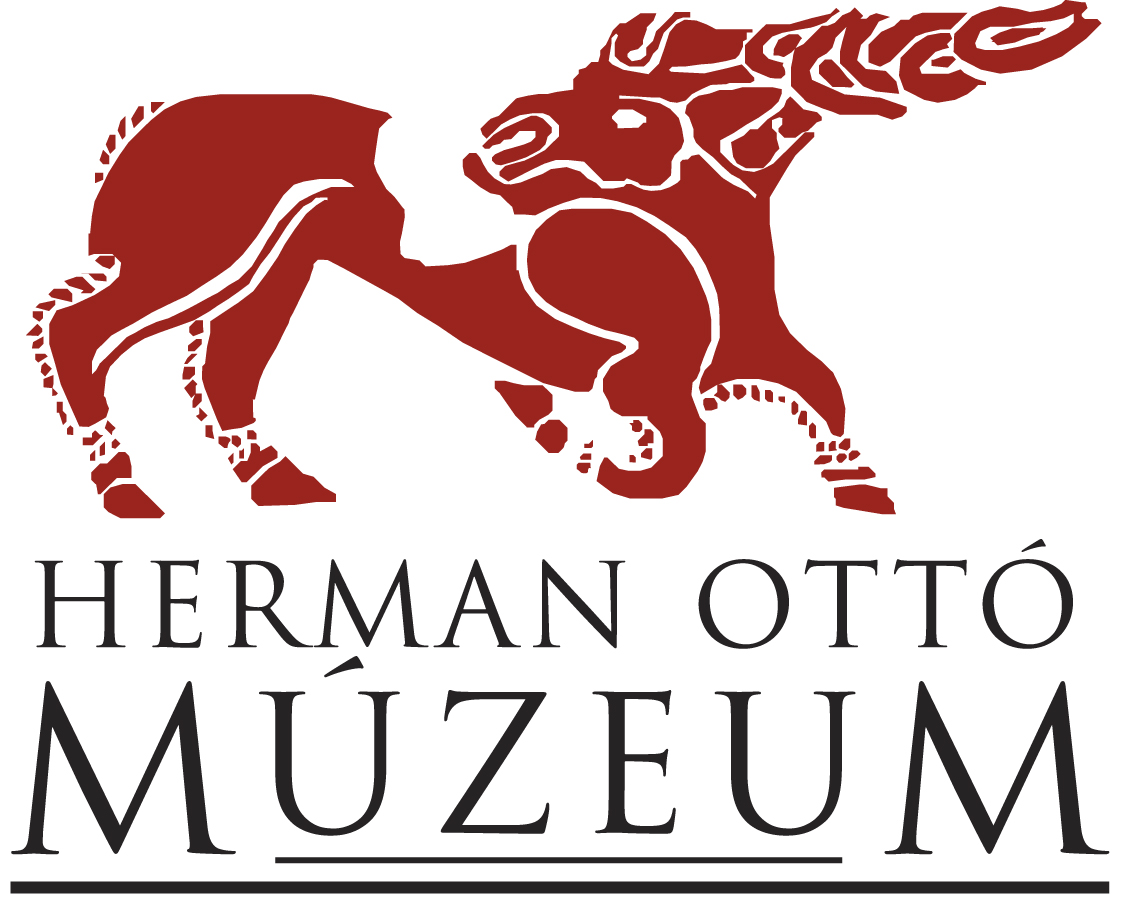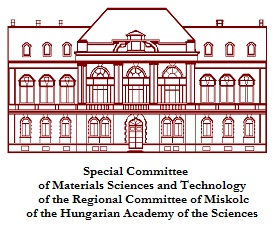 Miskolc
Miskolc
The four distinct atmospheric parts of the city hold the answer as to why Miskolc is so exceptional. Take a peek into the middle ages at the Castle of Diósgyőr, or dive into the mysteries of bathing culture at the Mediterranean chic Miskolctapolca tourist town. Explore the abundant hidden natural beauties of Miskolc-Lillafüred or experience downtown Miskolc’s enticing culture and gastronomy.
Whether you’re looking for entertainment for the entire family, a little quality time with your sweetheart, an opportunity to admire the magnificence of nature and the grandeur legacies of history, or just want to try something new, Miskolc is for you. You won’t regret staying in Miskolc for a few days or even coming back every so often!
Make sure to pack hiking boots along with your high-heeled shoes so that you can see, taste, appreciate, climb, applaud, capture, and experience everything that Miskolc has to offer!
Tourist oriented site: www.hellomiskolc.hu
Practical information: www.miskolc.hu/en/useful-information
You can enjoy 15 attractions, services and the public transport free of charge, and get several discounts, comfortably without buying any tickets.
Staying in Miskolc will be cheaper and more comfortable with the Miskolc Pass tourist card, than buying the tickets separately.
For more information: www.miskolcpass.com/en
 University of Miskolc
University of Miskolc
The scientific meeting will take place at the campus of the University of Miskolc. The predecessor of the University of Miskolc was the school of mining and metallurgy (Bergschule) established by Charles III in Selmecbánya (Schemnitz, today Banská Štiavnica) in 1735, which was the world’s first higher education institution giving tuition on this field. In 1762, Maria Theresia conferred academy status to the school (Bergakademie). Later, the Selmec school served as a model for the establishment of European technical colleges. In 1794, the Technical University of Paris organised its laboratory trainings on the basis of the Selmec system. The world’s first international technical society, representing 14 countries, was founded with the contribution of Selmec professors in Szklenó (today Sklené Teplice), not far from Selmecbánya. Following the Austro-Hungarian compromise in 1867, German was replaced by Hungarian as the language of instruction, and the name of the institution was changed to Magyar Királyi Bányászati és Erdészeti Akadémia (’Royal Hungarian Academy of Mining and Forestry’). In 1920, as a result of the Trianon peace treaties, Selmec became part of Czechoslovakia so the academy had to move. Sopron offered a home to the homeless institution. In 1949, the university consisting of the Faculties of Mining and Metallurgical Engineering, moved from Sopron, and a newly founded Faculty of Mechanical Engineering was established in Miskolc. The demand for a change in the educational system led to the decision of completing technical faculties with programs in social sciences. Law courses started in 1981, and an independent Faculty of Law was established in 1983. The next development step was the launching of a program in economics, followed by the establishment of the relevant faculty in 1990. In the same year the name of the university was changed to University of Miskolc (ME). In 1992, the Institute of Arts was founded and it became a faculty in September 1997.
For more information: www.uni-miskolc.hu/en
Ottó Herman Museum
 Painting Gallery of Miskolc
Painting Gallery of Miskolc
Ottó Herman Museum is one of the largest and richest museums in the countryside. At the permanent exhibition, the public can get acquainted with the outstanding representatives of Hungarian painting from the Baroque era to the Art Nouveau style.
Görgey Artúr utca 28.
+36 46 560 170
www.hermuz.hu
Exhibition Building of Ottó Herman Museum
One of the most ancient buildings of Miskolc hosts temporary collections as well as the city history exhibition of “the Elite squad”, displaying the richest cemeteries of the Carpathian basin in the times of the Hungarian Conquest of the Carpathian Basin and that of “A noble of Miskolc in national politics – the career and fellow politicians of Bertalan Szemere”.
Papszer utca 1.
+36 46 346 875
www.hermuz.hu
Pannon Sea Museum
One of the richest assemblages in the history of Hungarian geological and palaeobotanical remains located under the floor. The most precious pieces of the museum are the 7-million-year-old bald-cypress trees.
Görgey Artúr utca 28.
+36 46 560 170
www.pannontenger.hu
Schemnitz Historical Library
Historical collection of the University and the Memorial Library of Selmec
Records of the University’s history and student traditions as well as treasures of the Selmec collection of minerals are displayed here.
Miskolc-Egyetemváros
+36 46 565 111/1617
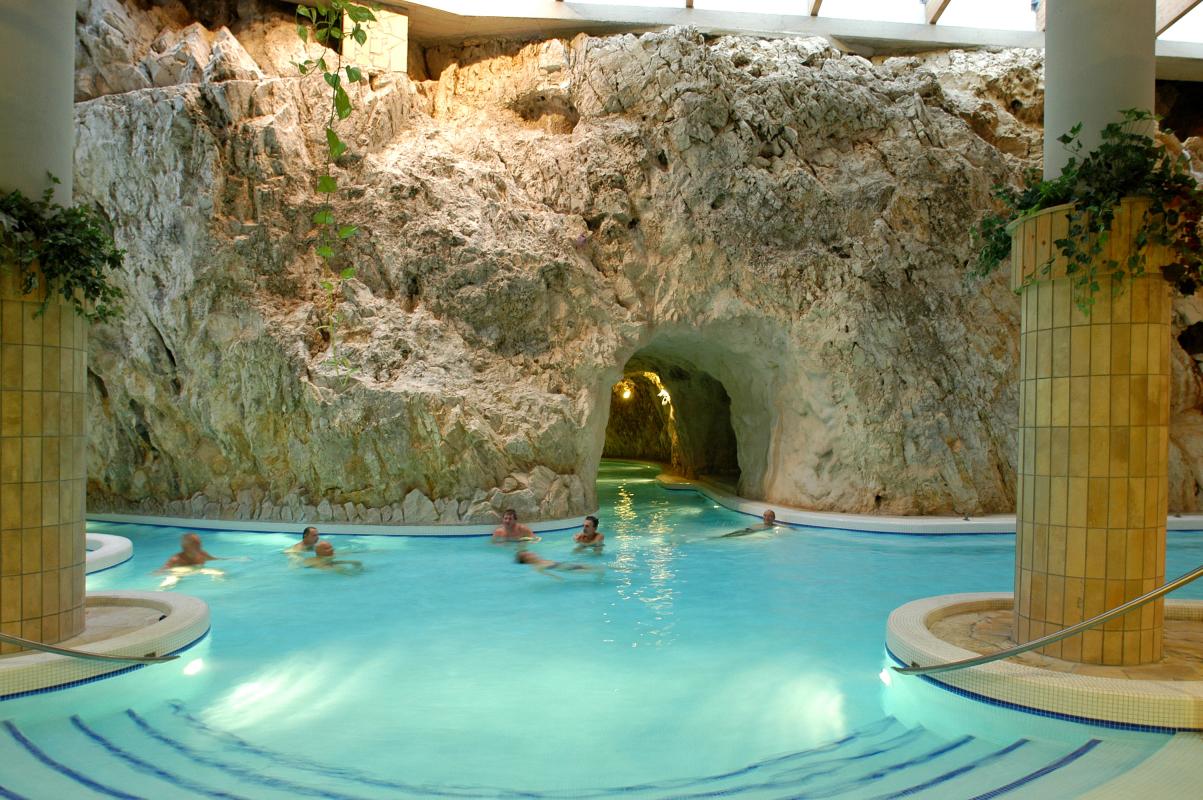 Miskolc-Tapolca
Miskolc-Tapolca
The Mediterranean chic town entices visitors all year round offering extraordinary spa experience and the chances of relaxation and rejuvenation
The Barlangfürdő (Cave Bath) is Miskolctapolca’s one-of-a-kind tourist attraction, having unmatchable natural resources even by European standards. The routes of the caves have been excavated over thousands of years by natural karst water coming from the hard limestone rocks. The pool is sheltered by nature itself, and bathing in the pleasant temperature thermal water, which comes from the depth of the mountain, gives a truly unforgettable experience. In addition, the air is clean and free of all sorts of contamination.
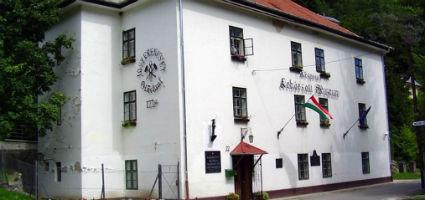 Ómassa, Felsőhámor (Museum of Metallurgy, Ancient Blast Furnace), (www.museum.hu)
Ómassa, Felsőhámor (Museum of Metallurgy, Ancient Blast Furnace), (www.museum.hu)
The National Metallurgy Museum is operated by the National Polytechnic Museum Institution in the Szinva Valley in the Bükk Hills. The institution is located in an old industrial building with long history.
The objective of the museum is to introduce the past of metallurgy, to save objects and documents related to an industry that played such an important part in the development of human civilization.
The first permanent exhibition was held in 1960 in the quest house of the iron factory of Diósgyőr. Due to the enthusiastic collecting work, the building proved small soon so a new location has to be found for the showing. The new permanent exhibition opened in 1970 in an originally Baroque house in 1770 under the management of Fazola Henrik.
The museums were managed by the Massa Museum and the Metallurgy of Diósgyőr.
The material continuously grew ever since the beginning. The objects shown include scale model of tools, equipment, as well as folk and applied artworks. Documents include manuscript about the establishment of metallurgy in Hungary, research material and a number of polytechnic related documents.
We also show a photo collection mostly taken in Diósgyőr but also about other metallurgy companies in Hungary. Our archives hold records about events in the existence of the museum. The special and professional book collection of the museum is also significant.
 Miskolc-Lillafüred
Miskolc-Lillafüred
Miskolc-Lillafüred, the jewel of the uncontrolled and picturesque landscape of the Bükk Mountains
Lillafüred, the climatic spa resort opens up to the Bükk Mountains, dubbed as “Hungary’s lungs”, providing unforgettable experience all year round. Visit Miskolc-Lillafüred, located in a picturesque setting, any time of the year. Visitors arriving with their sweethearts, friends or family can find cascading waterfalls, adventurous forest paths, and a forest railway, or can go rowing or caving here. The fairy-tale like “Lilla” is not only a climatic holiday and wellness report but also a romantic venue for marriage proposals.
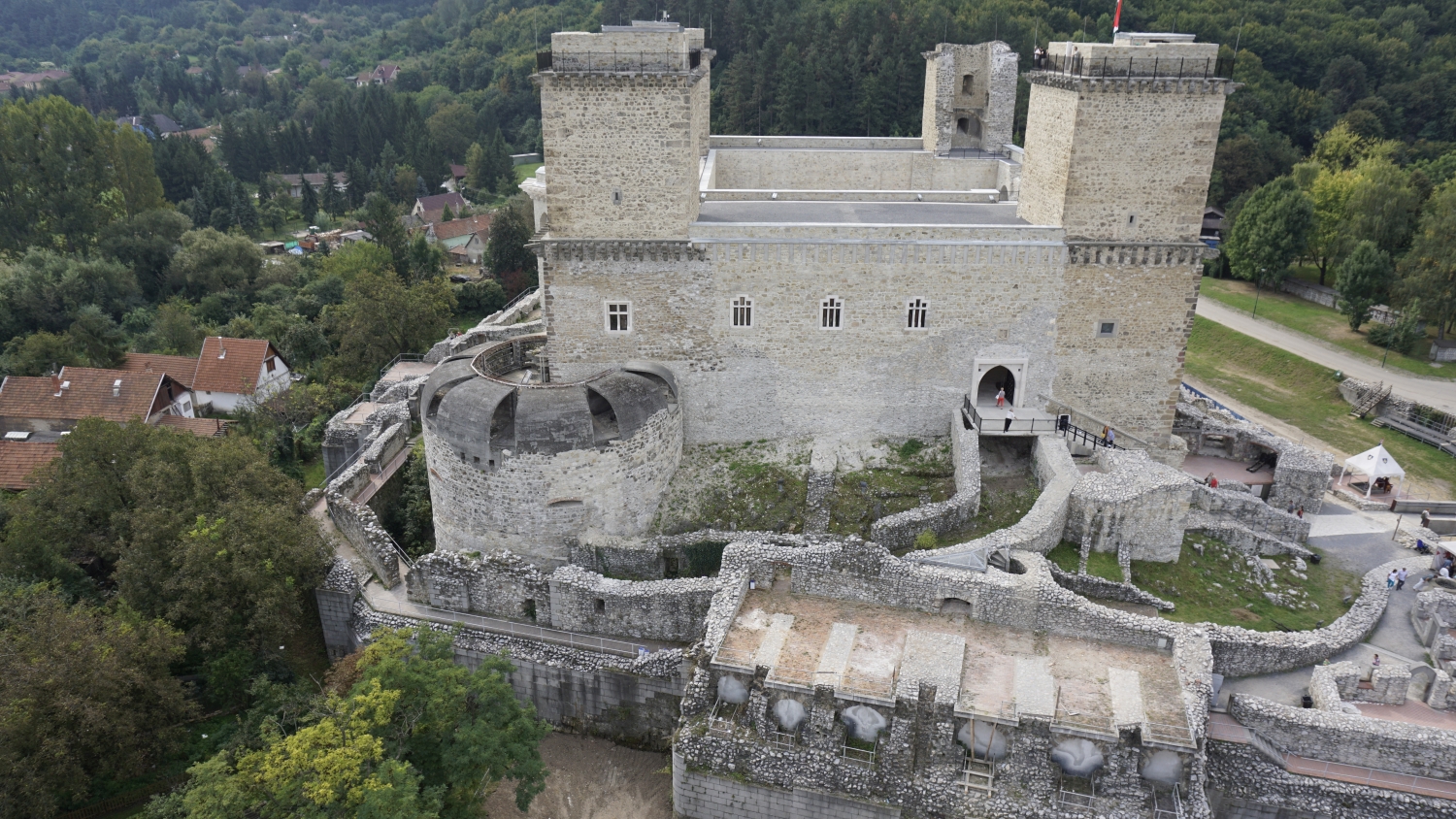 Miskolc-Diósgyőr
Miskolc-Diósgyőr
Miskolc-Diósgyőr, the historical part of the town resonant with the atmosphere of the Middle Ages
Stroll under the ravishing chestnut trees of Vár street to reach the Castle of Diósgyőr, known as the “Queens’ Castle”, a prominent tourist attraction of Miskolc. Many people may still reminisce about the ruins of the castle. Nevertheless, the Castle has been largely reconstructed offering novel experience for visitors. Visit the town and you will be guided by masked animators, historical plays, traditional activities, and modern devices in a journey back in the times of Louis the Great. In the course of travelling back in time, you will be gratified by the beauty of the reconstructed halls of the Castle.
In the near future, the authentic reproduction of the medieval Castle is to be implemented including the south-western ruined Tower and the one-time ditches and bridges.
 Sárospatak (Rákóczi Castle – bronze cannon foundry) (rakoczimuzeum.hu/en/the-muzeum),
Sárospatak (Rákóczi Castle – bronze cannon foundry) (rakoczimuzeum.hu/en/the-muzeum),
Sárospatak is situated in the northeastern corner of Hungary, at the foot of the Zemplén Hills and on the edge of the Great Hungarian Plane. The town, spread on both sides of the river Bodrog, is known for its famous schools and hence sometimes is referred to as the Athens on the river Bodrog. The attractive natural environment of the town, its history and historic monuments, and its closeness to three foreign borders make it an ideal destination for tourists. The territory of the town belonged to the crown from the eleventh century on, with a royal manor-house, chapel, and a market place at the shallows on the Bodrog, as the centre of the estate. There is knowledge of earlier fortifications with reference to Patak in their name, these, however, did not stand here. The present castle was built when the estate went into the possession of Peter Perényi, keeper of the crown, after the battle of Mohács. He had the centre and the southern section of the mediaeval town fortified by walls, a moat, and bastions. His new residence with a donjon was built in the southeast corner of the new fortification. Between 1534 and 1537 Péter Perényi had the Red Tower and the adjoining fortifications built (inner court) and by 1541 the town walls were also finished. The evidence of certain stoneworks finds suggesting that east palace wing was started by him in 1540 and finished by his son Gábor Perényi in 1563. The latter with the late Renaissance carved stoneworks and ornaments is an outstanding and unique architectural example of that era in Hungary. In the course of time, the castle was repeatedly rebuilt, and redecorated, thus yielding to new demands and the change of taste.
 Sátoraljaújhely, (wikipedia)
Sátoraljaújhely, (wikipedia)
Sátoraljaújhely (Hungarian: [ˈʃaːtorɒjjɒuːjhɛj]; archaic German: About this sound Neustadt am Zeltberg (help·info); Slovak: Nové Mesto pod Šiatrom; Yiddish: איהעל (Ihel) or אוהעלי (Uhely)) is a town located in Borsod-Abaúj-Zemplén county in northern Hungary near the Slovakborder. It is 82 kilometres (51 miles) east from the county capital Miskolc.
Sátor-alja (meaning "under the tent", referring to the tent-shaped hill nearby) was a settlement from the Conquest of Hungary until the Tatars destroyed the town. It was rebuilt in the 13th century, although there was disagreement among the citizens concerning the name: some wanted to keep the original name, and some wanted to rename it új hely ("new place").
Sátoraljaújhely was granted town status in 1261 by King Stephen V, and a castle was also built around that time.
Sátoraljaújhely has often played an important role in the region's history: revolts against Habsburg rule began there in the 17th and 18th centuries. After the Revolution of 1848, Sátoraljaújhely developed rapidly owing to its location close to important trade routes leading to Poland, Russia, and Transylvania. The town's light industry led to it becoming the capital of the comitatus (county) of Zemplén in the 17th century.
Sátoraljaújhely has always been an important town in culture. Ferenc Kazinczy, one of the reformers of the Hungarian language, lived here in the 18th century. At the turn of the 20th century the town was home to a small but important Jewish community: some 4,500 of the town's 13,000 residents were Jewish. The community counted among its members Moses Teitelbaum and Michael Heilprin.
 Vizsoly
Vizsoly
Vizsoly, the Cradle of the World-famous
Bible of Carol
Vizsoly is that place among the Hungarian townships, which you must visit mean by all once in your life. If we arrive from Abaújszántó we can meet by our eyes a beautiful, nice landscape by looking around from the hill of Dongó. In the valley of Hernád the houses of Vizsoly are lurking and only the steeples are towering above. If we lift up our look from the roofs of the houses, from the spires and from the bushy alley, showing the way of the river, we can see the mountain chain of Eperjes-Tokaj with the castle of Boldogkővár and the ruins of Regéc castle. Opposite to us, over the Hill of Cserehát, with its slight bends, the Ore Mountains of Gömör-Szepesi are manifesting themselves…
 Füzér Castle
Füzér Castle
A brief history of Füzér Castle
Füzér, lying in an astounding natural setting, is one of the few seigneurial castles in Hungary which in all probability was already standing prior to the Mongol invasion of 1241-42. Its name was first mentioned in a charter of 1264, but another document dating from 1270 states that the owner of the castle in the first half of the 13th century was “Blind” Andronicus of the Kompolt clan, from whom King Andrew II bought the castle. Another piece of evidence suggesting that the castle was built before the Mongol invasion is that the earliest coin found there was a Friesach denar of the Archbishop of Salzburg, Eberhard II, which was struck between 1200 and 1246. According to the 1264 charter that first mentioned Füzér, King Béla IV had previously given Füzér to his daughter Anna of Halics but his son Prince Stephen took it from her by force. In 1270, having ascended the throne and become Stephen V, the new king bestowed Füzér Castle and the villages that belonged to it upon Count Mihály…
